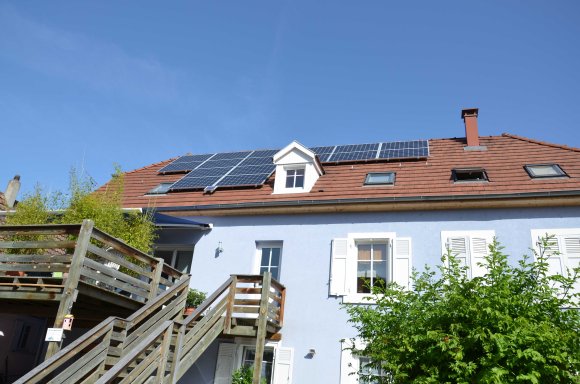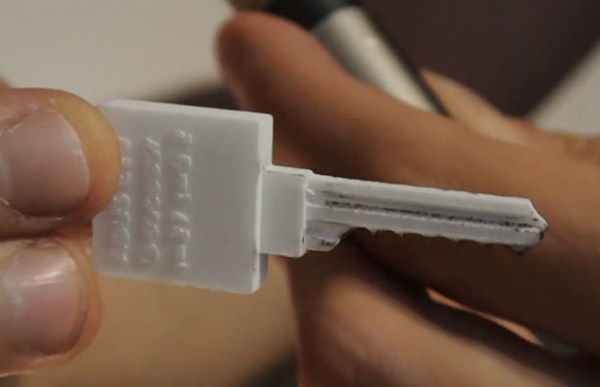
This solar monitoring project was entered in The Hackaday Prize and didn’t make the semifinal cut, but it is worth featuring on the site because we think that it is pretty cool. The idea started all the way back in May of 2013 when [Michel] was planning to attempt to bring his house totally off the grid in an effort to become as independent from the local Utility company as possible. After a bit of calculating, he figured out that the solar cells on the roof could potentially provide about 80% of the power needed, which of course took into account the lack of sun during the winter months in his area.
[Michel] posts a lot of the technical details on the Hackaday.io page and lists the components that were required to set up this system. At night, a lighting mechanism shows whether the building is being run off of the Photovoltaic (PV) System or if it is getting power from the grid. He states in the projects logs why it is important to monitor the solar cells and provides some amazing graphs of the data that was recorded through the energy-intelligence platform that he integrated into his home. An example can be seen posted below. A few quick specs of the project include the solar field being made of 16 solar modules providing 4300 Wp (Watts – peak) of electrical power. The system comes with a comprehensive remote control as well. We like this idea a lot. Now, would you install something like this up on your own home or office? Let us know in the comments.
 This project is an official entry to The Hackaday Prize that sadly didn’t make the quarterfinal selection. It’s still a great project, and worthy of a Hackaday post on its own.
This project is an official entry to The Hackaday Prize that sadly didn’t make the quarterfinal selection. It’s still a great project, and worthy of a Hackaday post on its own.
Continue reading “Extrinsic Motivation: Off-grid Solar System Monitoring Solution”











 ] rounds out this week’s Hacklet with his
] rounds out this week’s Hacklet with his 








